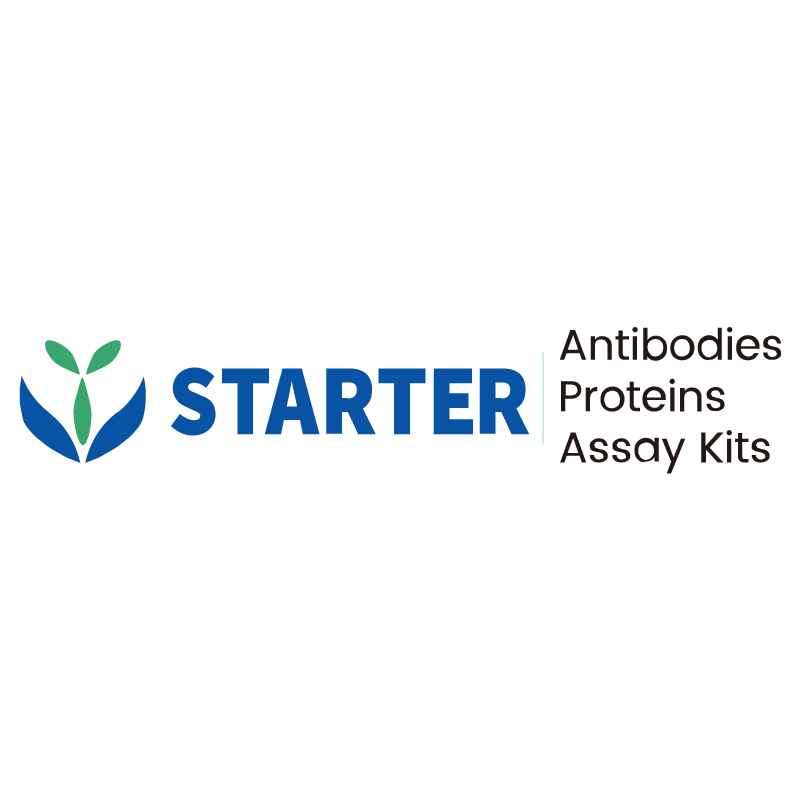Flow cytometric analysis of SD Rat splenocytes treated 4h with 10μg/ml LPS (Right panel) or untreated (Left panel) was stained with Allophycocyanin Mouse Anti- Rat CD45RA and SDT FITC Mouse Anti-Rat CD86 Antibody at 5μl/test. Flow cytometry and data analysis were performed using BD FACSymphony™ A1 and FlowJo™ software.
Product Details
Product Details
Product Specification
| Host | Mouse |
| Antigen | CD86 |
| Location | Cell membrane |
| Accession | A6IRC2 |
| Clone Number | S-R580 |
| Antibody Type | Mouse mAb |
| Isotype | IgG1,k |
| Application | FCM |
| Reactivity | Rt |
| Positive Sample | SD Rat splenocytes treated 4h with 10μg/ml LPS |
| Purification | Protein G |
| Concentration | 0.05mg/ml |
| Conjugation | FITC |
| Physical Appearance | Liquid |
| Storage Buffer | PBS, 25% Glycerol, 1% BSA, 0.3% Proclin 300 |
| Stability & Storage | 12 months from date of receipt / reconstitution, 2 to 8 °C as supplied. |
Dilution
| application | dilution | species |
| FCM | 5μl per million cells in 100μl volume | Rt |
Background
CD86, also known as B7-2, is a 70 kDa glycoprotein and a type I membrane protein that belongs to the immunoglobulin superfamily. It is primarily expressed on antigen-presenting cells (APCs) such as dendritic cells, macrophages, and B cells. CD86 serves as a ligand for two T cell surface proteins: CD28 and CTLA-4. The interaction between CD86 and CD28 provides a crucial co-stimulatory signal for T cell activation and survival, while binding to CTLA-4 negatively regulates T cell activation, thereby dampening the immune response. Additionally, CD86 plays a role in B cell function regulation and can influence IgG1 production. It is rapidly upregulated on B cells upon activation and can be induced on monocytes by interferon-gamma. CD86 is also involved in various immune processes, including the activation of the NF-kappa-B signaling pathway and the regulation of cytokine production.
Picture
Picture
FC


